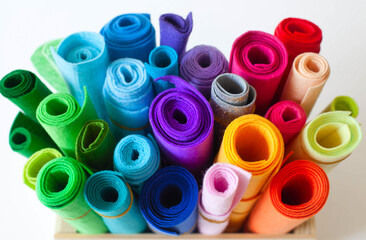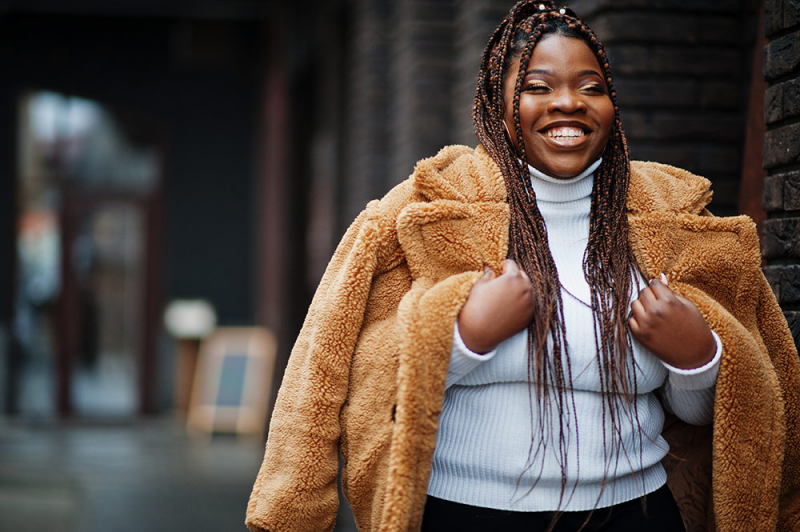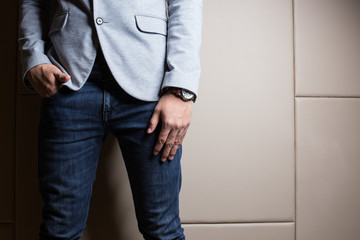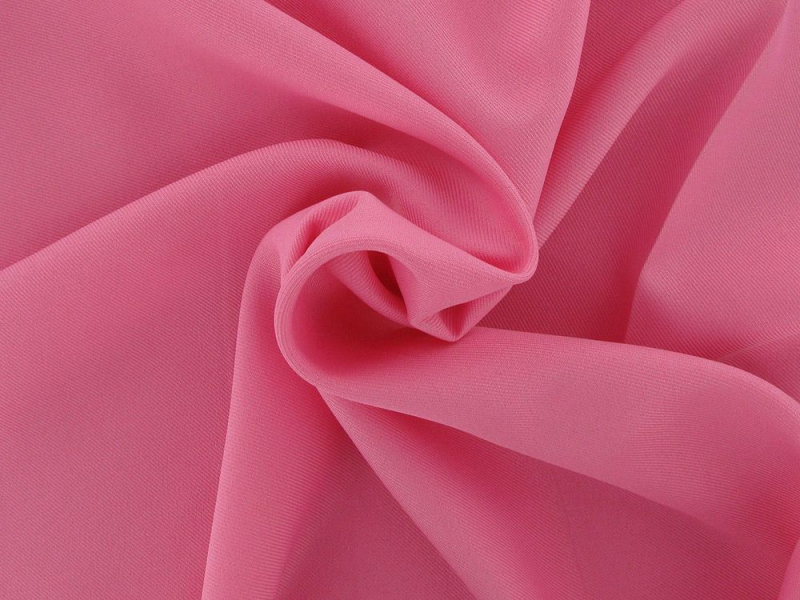How Blue Denim Became One of The Most Popular Fabrics in The World
When we think of denim fabric, we naturally think of blue denim. The colour blue has long been associated with denim fabrics, and for good reason. There are a high number of different blue denim items such as jeans, denim jackets, denim shirts, and other accessories.
But why did this simple fabric get so popular? What is it about denim that has made it a staying power over the last 50 to 60 years?
Take a look at why blue denim is an iconic fabric and worldwide style statement. Plus, explore some of the most asked questions about this versatile material.
How did blue denim get so popular?
So, the first and most important question is how did denim get so popular? What was it that made this fabric so appealing?
Denim fabric was first produced in Nimes, France. The mass production of denim we know today also started in Genoa, Italy. However, tailor Jacob Davis and clothing manufacturer Levi Strauss & Co introduced the famous indigo or blue colouration in the late 1800s.
At this time, denim was vital for people who worked in mines because it was tough, durable, and lasted for many years of hard graft. It suited a harsher, tougher lifestyle where clothing was not abundantly available.
Ultimately, the denim look was appropriated by cowboys and miners during the 1920s-1930s simply because it was considered to be very strong, durable, and a simple material. It functioned well as workwear for many people, but it was not seen in everyday outfits, as it was stiff and uncomfortable.
However, fast forward a few decades and James Dean, a legendary actor of the 1950s, popularised the idea of denim fabrics. He wore denim jackets and denim trousers. This started a craze that associated the concept of denim with rebellion and youthful energy.
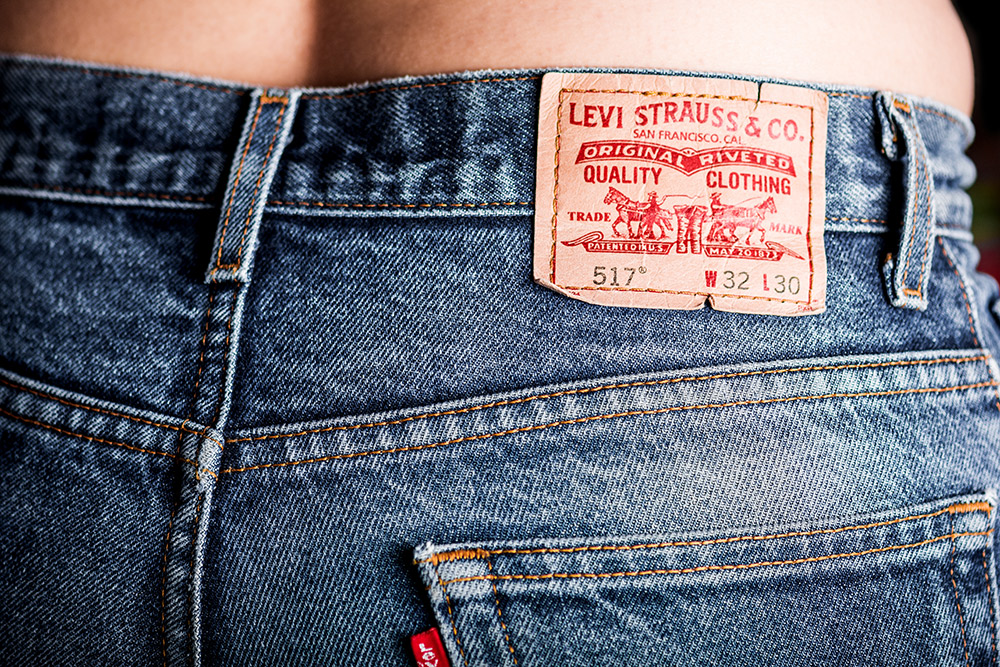
Why are blue jeans so popular in manufacturing?
The popularity of blue denim fabrics is quite easy to understand when you consider its history. Blue was one of the first colours for denim that could easily be mass-produced, plus, its chemical properties permeated the fabric well. Sourcing the chemicals to create an indigo colouration was generally easier than other dyes, which meant that blue was the most widespread choice.
Indigo dyes are also a versatile way to change the colouration to darker or lighter tones during the manufacturing process. Other denim washes have also been introduced throughout the years, including acid wash and stonewash.
Why are blue jeans so versatile?
There’s no doubt that blue denim is a versatile fabric. Its origins showcase how this material was used for harsh working environments and withstood jobs such as mining and ranch work. As times moved on, blue denim transformed the fashion industry with new and exciting denim garment design.
The beauty of blue denim fabric is it goes well in most situations. You can pair denim with a casual t-shirt and jacket for a laid-back, social look, or dress it up with a shirt and formal coat. Most types of footwear go with jeans, so you have quite a lot of choice and variety.
Blue denim over the years
Nobody can deny that denim has had a long and interesting history, as it is used in a wide selection of garments and interior spaces.
Between the 1950s and 1980s, blue denim took off in popularity. Everyone from movie stars, including Marlon Brando, to supermodels such as Brooke Shields, played a role in promoting the versatility and style of denim.
Since the early production of blue denim jeans, there have been numerous trends and styles to choose from. Some of the popular examples include:
- Skinny Jeans
- Flared denim
- Bell-bottom jeans
- Grunge/Baggy denim
- Boyfriend/Girlfriend jeans
- Bootcut denim
- Cuffed jeans
- Cropped denim
- High/mid/low waist jeans
- Straight cut denim
In the past few decades, denim jeans were also customised and designed for different footwear. You have boot cut jeans, denim fabrics intended for trainers, denim fabrics with a tapered leg, and similar fashion statements.
Blue denim and women’s fashion
Looking back, blue denim was mainly worn by men. It wasn’t until the 1950s that women’s clothing started to include trouser styles into mainstream fashion. Marilyn Munroe was noted as one of the first women to style blue denim, and she began to encourage women to do the same. Plus, in the 1970s, feminist icons such as Gloria Steinem, leader and a spokeswoman for the American feminist movement, wore blue jeans to highlight gender equality.
Denim suddenly became a unisex garment. There were no limitations on who could wear it and anybody who did, had the same level of confidence and durability that the clothing naturally entails.
Blue denim FAQs
Are blue jeans denim?
Most blue jeans available are made from denim fabric. Some jeans styles are blended with other materials such as elastane and viscose to create different cuts.
What colour goes best with blue denim?
Most colours work well with blue denim depending on the denim wash. Some popular examples include:
- Light wash denim – grey, green, navy and black
- Mid wash denim – grey, brown, black and white
- Dark wash denim – neutrals, primary colours, navy and khaki
What colour denim is most attractive on guys?
Denim is a versatile fabric in any man’s wardrobe. Most denim colours suit all guys, and black and dark indigo denim are some of the most popular choices.
How do you look after blue denim?
Check out these easy steps to maintain the colour of blue denim:
- Wash denim less – Avoid washing denim after every wear. Instead, spot clean between washes to keep them looking fresh. Placing denim in the freezer will also kill bacteria and odours.
- Opt for a cold wash – Wash your denim on a cold cycle. Cold water reduces fading and shrinkage.
- Avoid dryers – Wherever possible, hang denim out to dry instead of using a dryer. Turn them inside out and hang them in a shady area to avoid fading
















